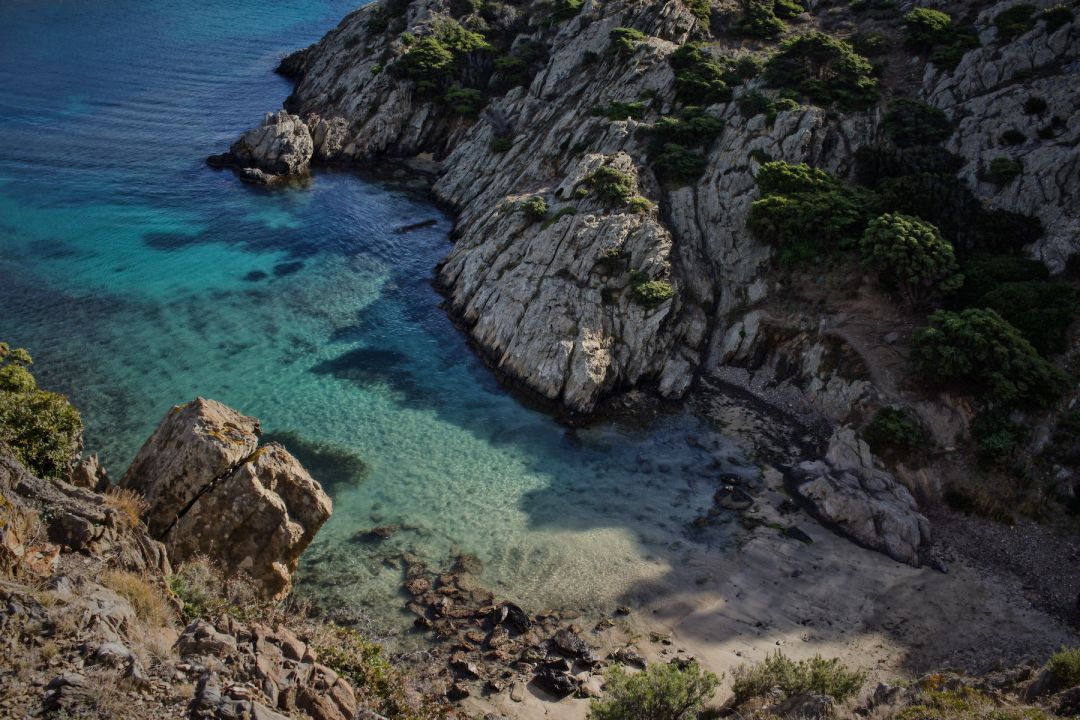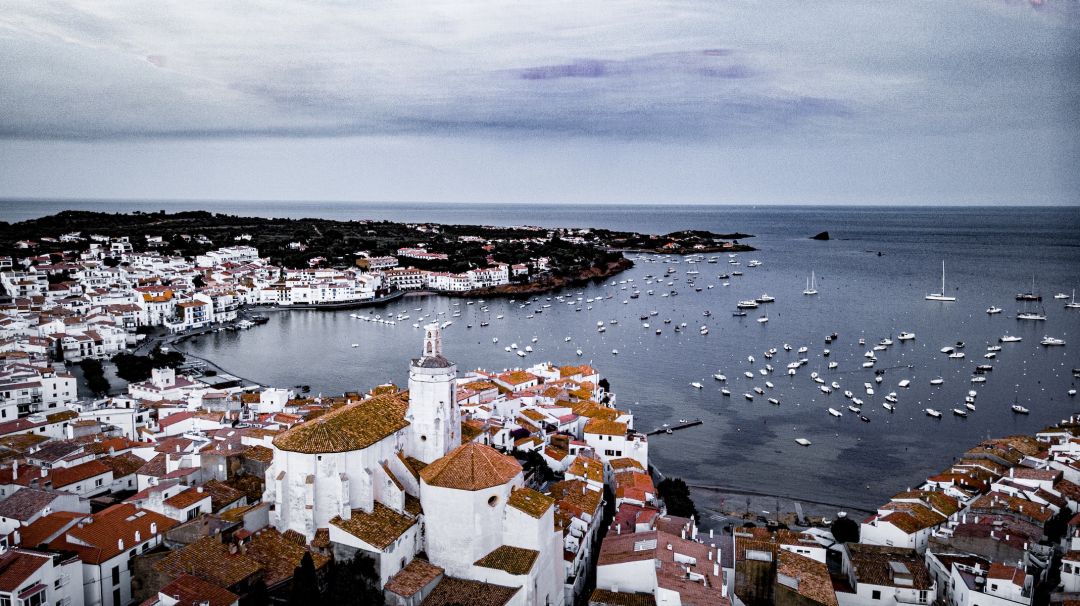JOIN the AFICIONADOS
To receive our world of travel and style delivered straight to your inbox.
Formerly a network of pathways used by smugglers, sailors, fishermen and the odd mule, the Camí de Ronda is a historic walking trail that passes through the rugged beauty of Costa Brava’s coastal routes.
Stretching over 150 kilometres of Catalan coastline, from Blanes in the south right up to the French border, Camí de Ronda literally translates as ‘wild coast’ and is characterised by a mix of rocky cliffs, jutting outcrops, ancient oak and pine forests and secret coves lapped by Mediterranean turquoise water, which the pathway weaves itself through.
Walking the Camí de Ronda means following the footsteps of centuries-old locals. In the 19th century, the tracks had a variety of purposes from the hush-hush smuggler subterfuge to the day-to-day fisherman commute – these routes linked one cove to another, allowing access from one to another, although even today the coastal drama means it’s rocky, steep and narrow in places, adding to the challenge and enjoyment of its diverse pathway.
By the 20th century, it was clear that the routes had nefarious usage and coupled with the dark days of Franco’s rule, life was hard and smuggling was rife. At that point Spain’s border patrol began to use the route’s vantage point to keep charge. After the war, lifestyles in the Costa Brava slowly changed, and the area became a pin on the tourist map, although many of the coastal towns and fishing villages like Cadaqués kept their coastal charm. It was from the 50s onwards that hikers and explorers began to walk the trail for pleasure, enjoying its scenic pleasure, sea views, endless Mediterranean vistas and access to flora and fauna.
A walk along the Camí de Ronda can take many forms – challenge yourself by taking on its entirety on a trek that could take around eight days on a circular route that starts and ends in Girona. However, many choose to walk for two or three days, enjoying some of the most dramatic stretches of coastal scenery such as the path that winds down the coast from Begur to Calella de Palafrugell and further south to La Fosca. If you start slightly further north, you can take a two-day linear route that runs parallel to the shore from Sant Feliu de Guíxols to Begur, passing by pretty coves and beaches like Molí and Maset, rising into a dramatic path that winds its way through cliffs, castles, woods and traditional fishing villages where you can admire their unique architecture. One of the best points to stay and explore this region is the luxuriously casual Mas de Torrent Hotel & Spa located close to the medieval town of Begur and ideally, you can head along the northwards route and, later in the week, head southwards along the coastline.

